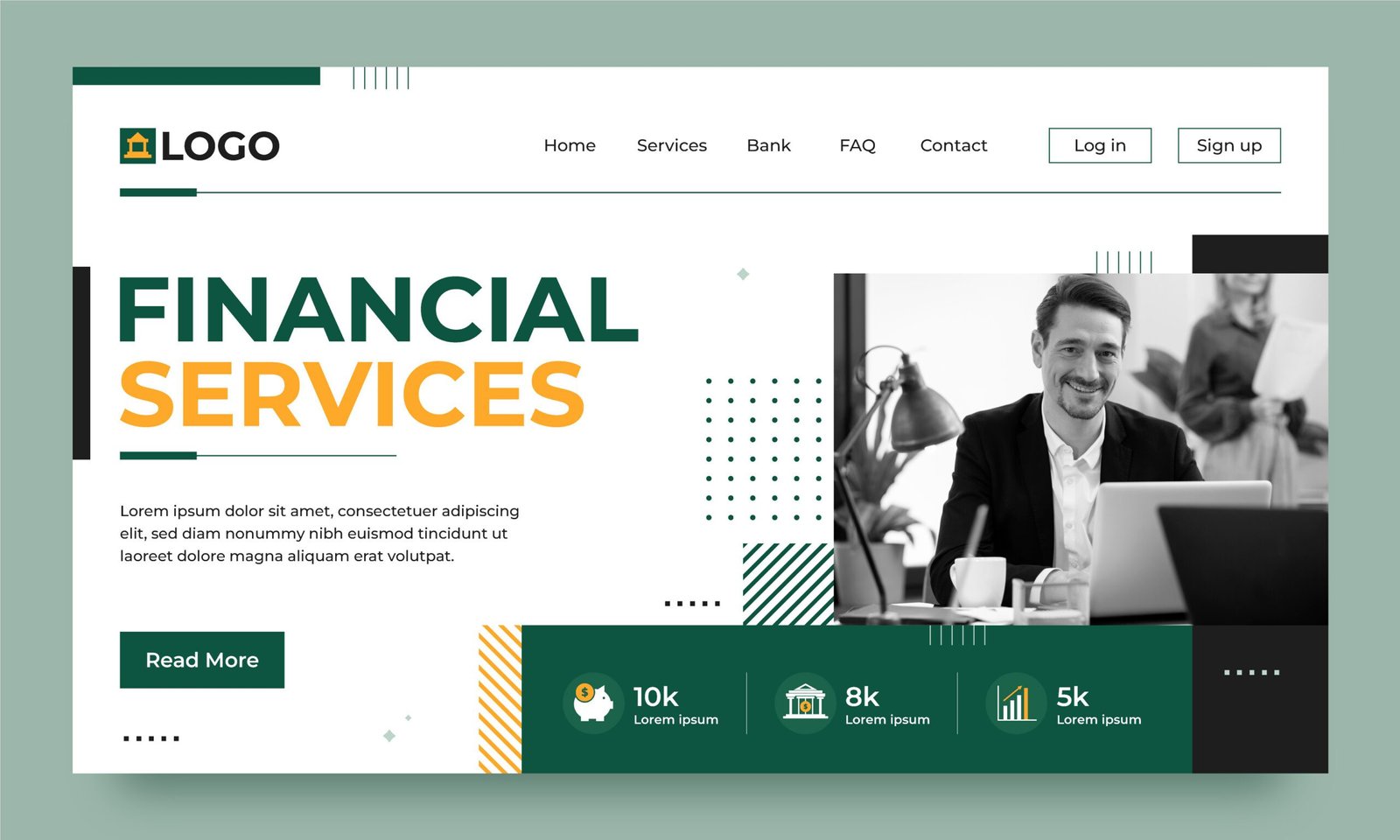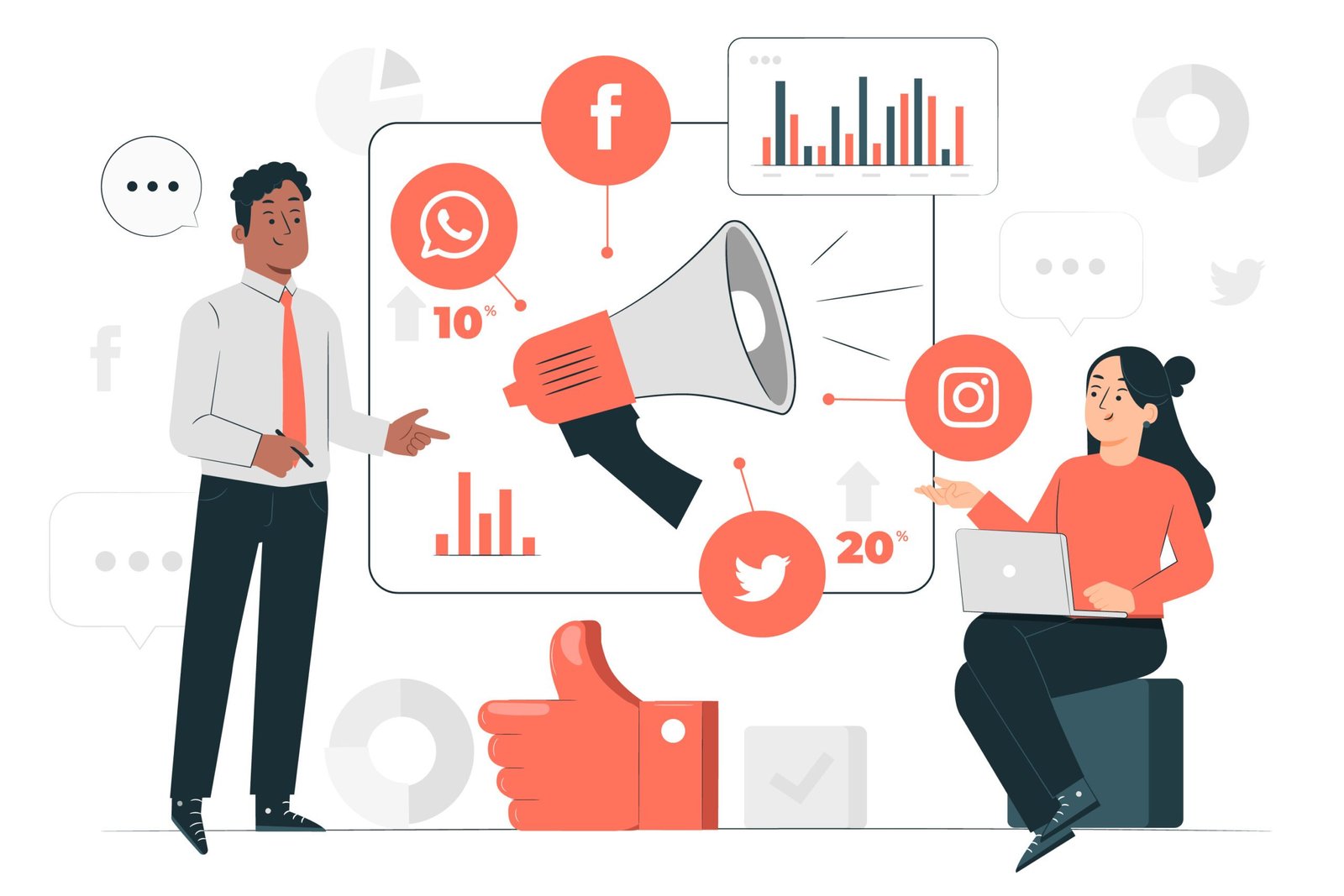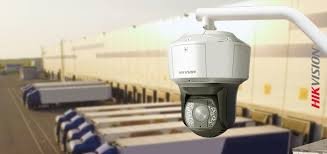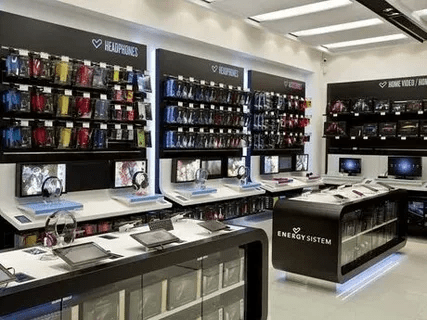In the fast-paced digital world, users expect instant access to information. A slow-loading landing page can lead to high bounce rates, lost conversions, and a poor user experience. In this article, we will explore why load speed is crucial in landing page design and how to optimize it for better performance and user engagement.
Why Load Speed Matters
1. First Impressions Count
Users form an opinion about a website within a few seconds. A slow-loading page can immediately create a negative impression, causing potential customers to leave before they even see your content.
2. Impact on User Experience
Fast-loading pages improve user satisfaction, making navigation smooth and seamless. Users are more likely to engage with a site that loads quickly, while sluggish performance can frustrate them and drive them away.
3. SEO and Search Engine Rankings
Search engines like Google prioritize fast-loading websites in their rankings. A slow landing page can negatively impact SEO, reducing organic traffic and making it harder for users to find your site.
4. Conversion Rates and Revenue
Studies show that even a one-second delay in load time can lead to a significant drop in conversions. Faster pages keep users engaged and increase the likelihood of completing a desired action, such as signing up for a newsletter or making a purchase.
Common Causes of Slow Load Speed
1. Large Image Files
Unoptimized images can significantly slow down a website. High-resolution images take longer to load, affecting overall performance.
2. Excessive HTTP Requests
Each element on a page (images, scripts, stylesheets) requires an HTTP request. Too many requests can slow down the loading process.
3. Poor Server Performance
A slow or overloaded server can result in delayed responses, affecting page speed.
4. Unoptimized Code
Bulky or inefficient HTML, CSS, and JavaScript files can slow down a website. Minifying and compressing these files can improve load speed.
5. Lack of Caching
Without proper caching mechanisms, users must the same files every time they visit a page, increasing load times.
How to Optimize Load Speed
1. Optimize Images
Compress and resize images without compromising quality. Use modern formats like WebP for better performance.
2. Minimize HTTP Requests
Reduce the number of elements on a page by combining CSS and JavaScript files, using CSS sprites, and minimizing third-party scripts.
3. Choose a Reliable Hosting Provider
Invest in a high-quality hosting service that ensures fast server response times and optimal uptime.
4. Use a Content Delivery Network (CDN)
A CDN distributes website content across multiple servers worldwide, reducing load times for users based on their location.
5. Enable Browser Caching
Set up caching rules so returning visitors don’t have to reload all page elements, speeding up the browsing experience.
6. Optimize Code and Remove Unused Scripts
Minify CSS, JavaScript, and HTML files. Eliminate unnecessary plugins and third-party scripts that slow down the page.
7. Implement Lazy Loading
Load only the visible content first and defer loading of offscreen elements until they are needed.
Conclusion
Load speed is a crucial factor in landing page design, directly impacting user experience, SEO rankings, and conversion rates. By identifying common causes of slow performance and implementing optimization techniques, businesses can enhance user engagement and drive better results. Prioritizing speed ensures that visitors stay on the page longer, improving both retention and revenue.For expert UI/UX design services, consider working with one of the top web and mobile design agencies in Kansas, USA.









































































































































































































































































































































































































































































































































































































































































































































































































































































































































































































































